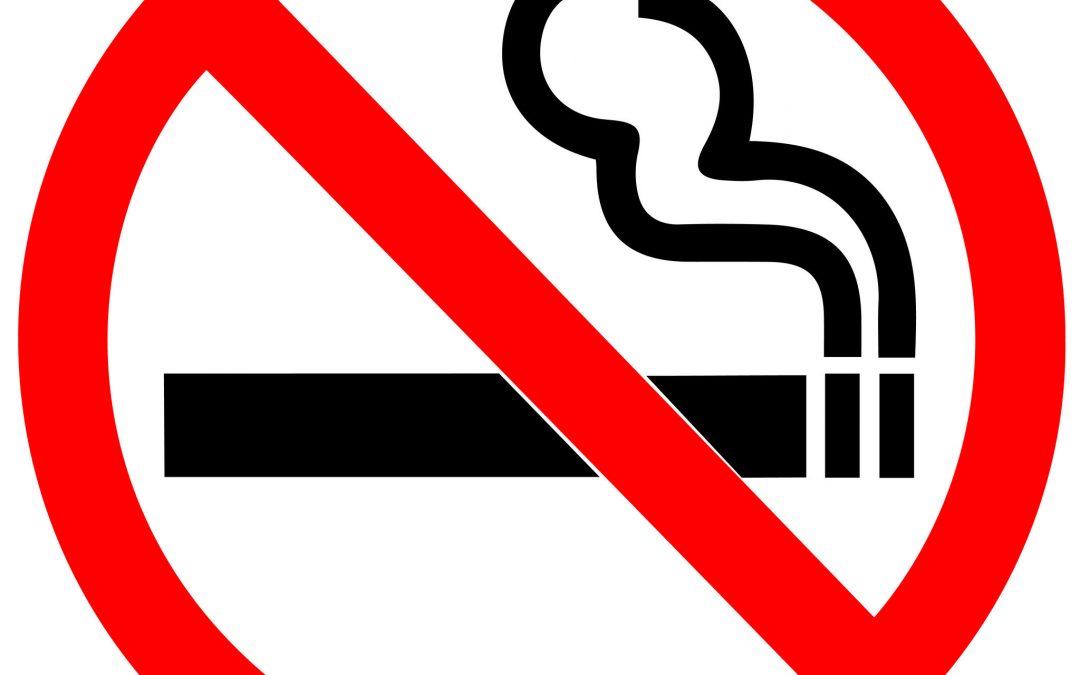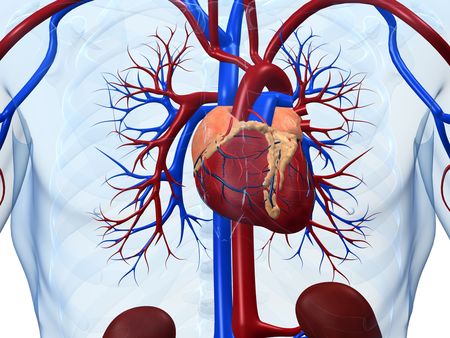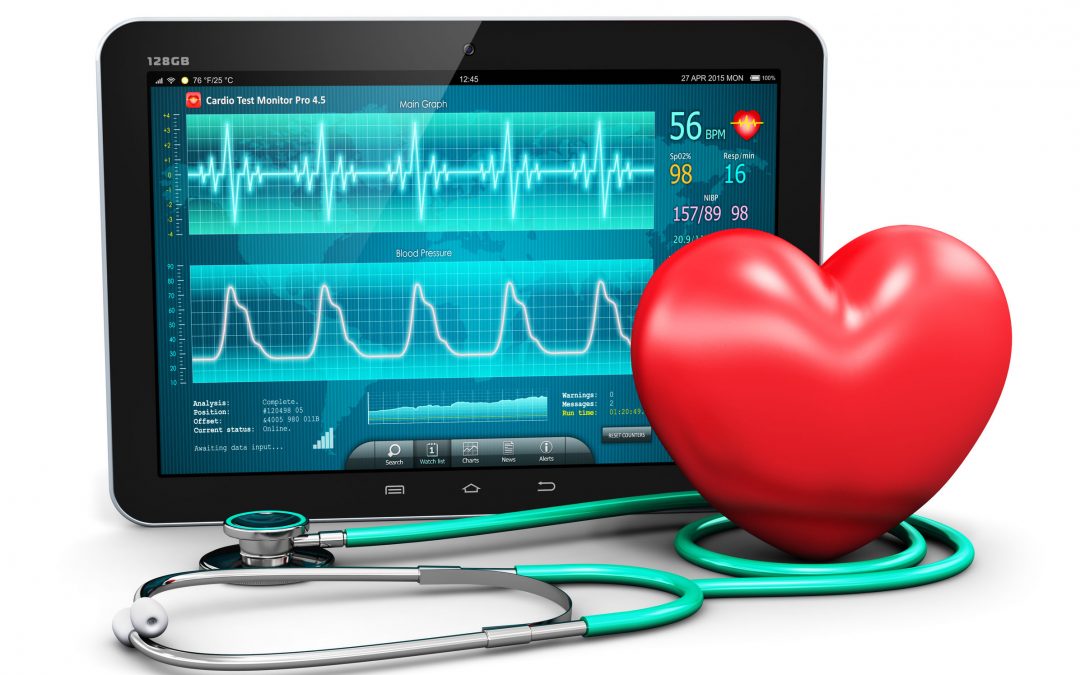
by DrCiuffo | Sep 30, 2022 | Blog
Heartburn that occurs more than twice a week or continues should be assessed by your doctor. You may be suffering from acid reflux. The lower esophageal sphincter is the muscle at the upper entrance to your stomach, which prevents stomach acids from making their way back up into the esophagus. If the muscle becomes damaged or stretched, painful symptoms can result. You may need prescription medications or other interventions to address acid reflux. If you suffer from occasional heartburn, there are some tricks you can try to stave off the burning and get back to your normal activities. Sleep Position Matters Sleeping on your left side has been shown to reduce nighttime heartburn symptoms. This position seems to direct stomach acids down and away from the esophagus. For persistent heartburn, try sleeping with your upper body slightly elevated to help keep acids down where they belong. Be sure to get enough sleep. A lack of sleep is hard on your body in many ways and may contribute to symptoms. How Eating Habits Contribute To Heartburn Eating habits may contribute to your symptoms if you suffer from frequent or severe heartburn. Avoid alcohol, heavy, spicy foods, and stimulants such as chocolate and coffee. Ironically, peppermint, often recommended as a remedy for upset stomachs, can aggravate heartburn. Avoid acidic foods like tomatoes and sauce. Try breaking up your food intake over the course of the day, eating several smaller meals rather than one large one, and limiting your intake of spices, citrus, acidic foods, and fatty or heavy foods. Lose Weight and Stop Smoking Even a small to moderate weight loss can... by DrCiuffo | Aug 30, 2022 | Blog
Have you had your heart checked recently? Heart disease is sometimes referred to as a “silent killer.” It earns this grim reputation because it’s easy to ignore the signs of a problem until there’s permanent damage, or worse. By understanding the signs of potential trouble, you can head off heart problems in the past and potentially save your own life, or that of a loved one by getting your heart checked out. Your Overall Health If you are age 60 or older, are even slightly overweight, or are diabetic, regular heart checkups should be routine. Age, excess weight, and systemic malfunction can put a serious strain on your heart. Regular checkups can help pinpoint any problems early, so your doctor can help you decide upon an appropriate course of treatment. This means attending those yearly check-ups and getting questions answered when you have them. There is no reason to be doubting aspects of your health that you are not bringing up with a doctor. Chest Pain We have all heard of the importance of acknowledging chest pain in our bodies. If you’re experiencing chest pain, tightness, pressure, or experiencing shortness of breath not associated with vigorous exercise, it may be time to schedule an appointment with your cardiologist to get your heart checked out. Tingling, pressure, nausea, cold sweats, and chest pain may be signs of a heart attack. If you experience those symptoms, don’t hesitate; to call for medical help immediately. There is never any reason to delay when the symptoms line up with the feeling of a heart attack. Pain Below the Chest While people commonly associate... 
by DrCiuffo | Aug 15, 2022 | Blog, Heart Health, Uncategorized
Changes To Make For Heart Disease Prevention There are plenty of myths surrounding heart health, including fad diets, fitness routines, and “miracle” cures that are marketed as a magic bullet against heart problems. The truth is, heart disease prevention takes diligence and a thoughtful approach to diet and exercise, but some basic steps can help protect your heart health for the long term. Smoking Cessation Smokers have some of the highest instances of heart problems and heart attacks of any population. The carbon monoxide in smoke replaces some of the oxygen in your blood, forcing the heart to work harder to deliver enough oxygen to your body. While that is already a large issue, tobacco contains chemicals that can cause plaque buildup in the arteries, leading to a heart attack. Both of these issues can substantially affect your heart’s function, and eventually, help lead to further problems. Smoking cessation can reduce your chances of heart problems significantly. Exercise Though many adults don’t have time in their schedules or the motivation to take on a strenuous exercise program, even a moderate increase in exercise can have an impact on your heart health. At least 30 minutes a day of moderate exercise, like walking at a brisk pace, is great support for your heart. When combined with diet, increased exercise not only increases heart health, it helps raise levels of serotonin, the feel-good chemical, as well as reduces anxiety, depression, and moodiness. Diet The word “diet” has taken on a negative connotation for many. It is not necessary to embrace a lifestyle of starvation and salads to increase your heart health.... 
by DrCiuffo | Jul 28, 2022 | Blog
You often read that you can support your heart health with a healthy diet, but what constitutes a healthy diet? How do you know what foods to eat and which to avoid? In general, whole foods and natural, unprocessed foods are the best choices. It’s important, however, to enjoy a balanced diet. Too much fruit, for example, can be almost as bad as eating a steady diet of processed, sugary foods. This list should give you a good place to start building the foundations of a healthy diet. Skip the Mayo You already know that mayonnaise is full of fat and oil and that the cholesterol it contains is hard on your heart. Did you know there’s a healthier alternative? Instead of slathering a sandwich with mayo, consider layering it with thinly-sliced pieces of ripe avocado. The creamy texture and flavor make a satisfying substitute, and avocado is considered a “super food,” packed with good cholesterol that’s heart-healthy. A better choice: Skip the bread and prepare a chef’s salad using lean meats like grilled chicken breast, chunks of avocado, romaine lettuce, carrots, tomatoes, cucumbers, and other crisp, tasty vegetables for a filling meal. Whole Grains Whole grains help to cleanse the cholesterol from the body. Brown rice, oatmeal, and other whole grains are excellent sources of energy. They take longer to digest than processed foods, making them more filling and satisfying. Consider layering lean meats like fish, pork, and chicken with brown rice and beans. The fiber is filling and provides longer-lasting energy than the quick buzz from simple carbohydrates. Olive Oil Olive oil has long been known to... 
by DrCiuffo | Jul 15, 2022 | Blog, Articles, Heart Health
Anatomy of the Heart As one of the most essential parts of the body, the anatomy of the heart is important to know and understand. The heart is located just behind the sternum, slightly to the left. It’s protected by a tough sac called the pericardium. The heart needs all the protection it can get; it beats an average of 100,000 times a day, pumping about 2,000 gallons worth of blood through the body. The pericardium protects the roots of the major blood vessels. It’s attached to the spinal column and diaphragm with strong ligaments that keep the heart in place and protect it from movement within the chest. At MIBHS, we are well educated in the anatomy of the heart and want to teach others about it as well. By understanding more about the muscle itself, you can further understand the need to keep it healthy. It may even be a quick recap on the education you already have from growing up in science class. If that is the case, it is never a bad time to refresh your knowledge on parts of the body. The Anatomy of the Heart Broken Down The anatomy of the heart is simple once broken into parts. By dividing the heart into its individual sections, it can give patients a greater understanding of the organ itself. This mainly comes down to the walls of the heart, four chambers, and four valves. It may seem impossible to fit that many parts into one organ, but that is part of what makes it such a miraculous part of the body. Walls of the Heart... 
by DrCiuffo | Jun 30, 2022 | Blog, Dr. Giovanni B Ciuffo, Heart Health
What is a Heart Murmur And What Are The Signs? A heart murmur is an unusual sound in the heartbeat’s cycle that’s caused by blood moving improperly through the valve system of the heart. The normal “lub-dub” sound that can be heard through a stethoscope is the sound of the heart valves opening and closing as they guide the blood through the heart during normal circulation. A murmur occurs when the valves aren’t doing their jobs properly and blood is flowing backward through the heart instead of following the normal pathways. Symptoms A heart murmur can cause poor circulation, which may result in cold or bluish extremities, especially the fingertips, toes, and lips. A victim may also experience swelling and weight gain, heavy sweating with minimal exertion, dizziness, and fainting, chest pain, chronic cough, or shortness of breath. In young children and infants, symptoms may also include a poor appetite and a failure to grow normally. Any of these symptoms should be a sign that it’s time to talk to your doctor about the underlying causes of your symptoms. It is important to not put off the trip to the doctor when it involves the heart. The doctor can then take into account the types of heart murmur it is before giving you the next step in the course of action. From there, you can have a better idea of what to consider about your heart’s health moving forward. Types of Heart Murmurs Johns Hopkins Medicine defines the three types of heart murmurs as “systolic”, “diastolic”, and “continuous.” A systolic murmur occurs during a heart muscle contraction. They are...





